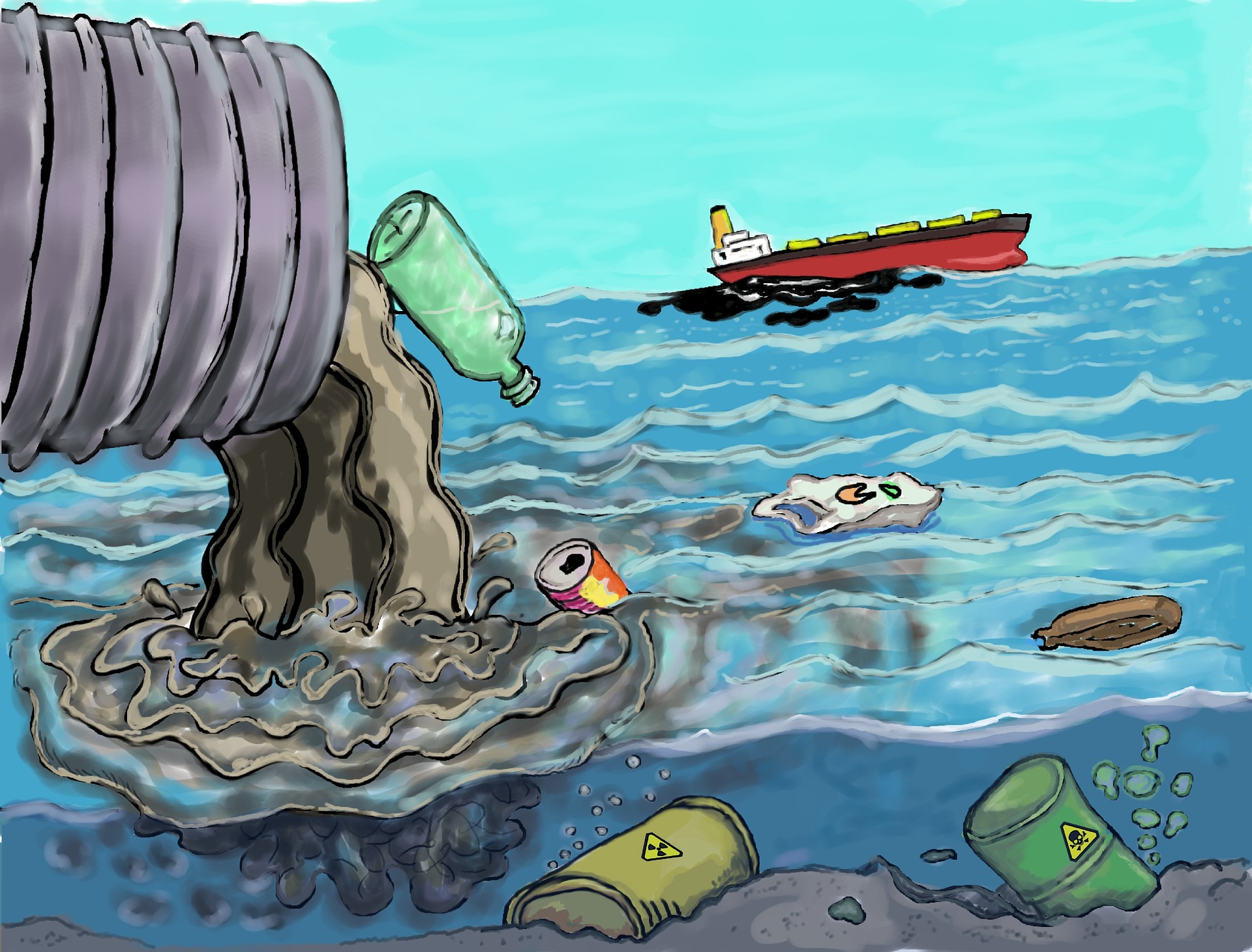Circular procurement is a buzz topic at the moment. The European Union LIFE project is examining the area of clothing from an environmental sustainability perspective. It is interesting that clothing is being examined in detail as it shows how the sustainability conversation is moving beyond single use items like paper and plastics onto items that often have multiple uses (and yet still impose significant environmental costs on the Union).
The main purpose of the research is to assess:
- The levels of clothing consumption across the EU;
- The amount of clothing in household residual waste;
- The environmental footprints of clothing consumed; and
- Consumer behaviour with respect to clothing and circular procurement.
Clothing in residual waste
The largest countries in the EU have the highest levels of clothing in residual waste both in absolute terms (as one would expect) but also per capita (which does not necessarily follow). Italy was the worst offender of the countries assessed.
Global environmental impacts of clothing produced for the European market
Over six million tonnes of clothing was consumed in 2015 (the year analysed). This figure is based on production and imports (excludes exports from the EU). The volume and type of clothing consumed was used to calculate the carbon, wastewater and waste footprint and a whole lifecycle cost developed on foot of this. This considers the raw materials, production / manufacturing stages, garment assembly, clothing use by consumers, re-use, recycling and final disposal. The carbon footprint for the EU from clothing alone equates to 195m tonnes of carbon. The use phase (by consumers) is by far the largest contributor to this (production accounting for 1/3rd of the total carbon contribution in the first year). This equates to enough carbon to power a car to Neptune (the last planet in the solar system) and back over 170 times (1 tonne of carbon equates to just over 8k kilometres in a car). This highlights the kind of challenge that clothing can still present to a focus on circular procurement patterns.
Behavioural research
A survey was conducted by the project in countries where the project was most likely to impact. There was significant variation by country between the use of hot and very hot cycles and those that wash at lower and cold temperatures. Second hand purchases are not widely considered by consumers and most buy new clothes. Denmark had the longest clothing longevity (by some distance) of the countries assessed (e.g. 3.3 years in UK vs. over 5 years for Denmark).
The main findings from the report are as follows:
- The garment industry has sustainability challenges and opportunities for change;
- Behavioural change amongst consumers can make a big difference to the impact of clothing;
- Reducing the amount of clothing going into residual waste is a key target for the EU;
- Focusing on less wasteful practices in the supply chain can reduce impacts from clothing;
- More than 6 million tonnes of clothing were consumed equating to in excess of 195m tonnes of carbon;
- Over 46m metres cubed of water was consumed by the clothing purchased (both in production and cleaning once in use).
Circular procurement as a future mega trend
The circular economy which is just another way of saying that we should use and re-use scarce items, is going to become an increasingly common theme for individual citizens and companies with ethical investors or seeking state contracts. Circular procurement is already being extensively discussed at policy level across the EU.
Companies should consider putting a fit for purpose policy in place on circular procurement, appropriate to their business size, one how they buy in and use items in the company on a day to day basis. This means practical items like avoiding, where possible:
- Plastic bottles and cans used once and then discarded;
- Single use plastic bags and related items unless unavoidable in handling waste;
- Policies on transportation where practicable and relevant;
- Policies on clothing and disposal of clothing items where relevant / possible;
- Recycling of technology and other consumables like print consumables;
- Avoiding printing to paper (single use) where possible.
There is the potential for competitive and comparative advantage for those companies that get ahead and stay ahead of this trend. Clothing manufacturers in particular need to be on top of this trend and lead the conversation with public buyers so they are aware that they are capable of providing more sustainable items where the public purse is willing to pay for them (or if more impactful, change their own processes to make sure the use impact is reduced – in reality it may be a combination of both that is needed).

